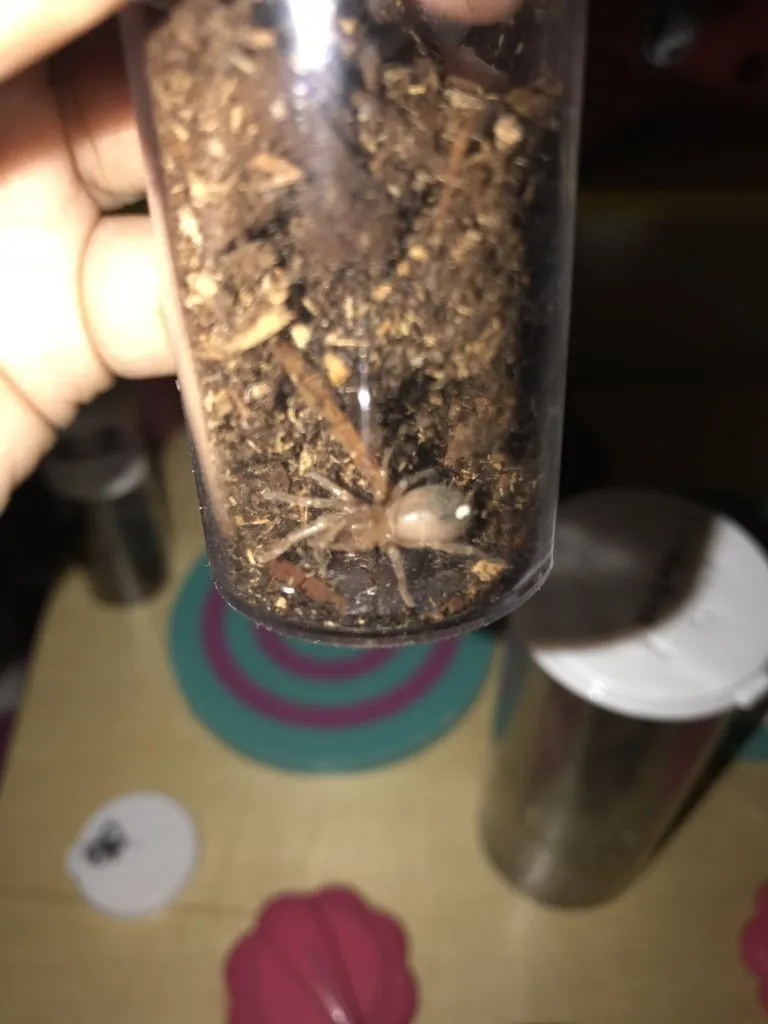Mexican Fireleg Tarantula Slings Top 5 Facts
The Mexican Fireleg Tarantula (Brachypelma boehmei) is a captivating species, particularly in its sling phase. These young tarantulas, often referred to as slings, are miniature versions of their adult counterparts, exhibiting the same striking coloration and intriguing behaviors. Keeping these delicate creatures requires understanding their specific needs and providing an environment that caters to their growth and well-being. This guide delves into the fascinating world of Mexican Fireleg Tarantula slings, offering essential information to help you care for these beautiful arachnids. From their striking appearance to their unique care requirements, you’ll gain a comprehensive understanding of what it takes to successfully keep these amazing creatures. Discover the allure and charm of these small spiders and learn how to provide them with the best possible care.
Appearance and Characteristics
Mexican Fireleg Tarantula slings are immediately recognizable by their vibrant coloration, a key characteristic of the species. The base color of the carapace and legs is typically a deep black or dark brown. This dark coloration provides a striking contrast to the fiery red-orange hairs that adorn the patella (knees) and the tibia (lower leg segments) of their legs. The abdomen, though often less colorful in slings, will eventually develop the same reddish hues, creating a vivid display. These slings, despite their small size, display the distinctive markings that make the adult Mexican Fireleg Tarantula so sought after in the pet trade. Their overall appearance is a compact and robust build, typical of the Brachypelma genus. The presence of these vibrant colors even at the sling stage makes them an attractive choice for tarantula enthusiasts.
Size and Lifespan
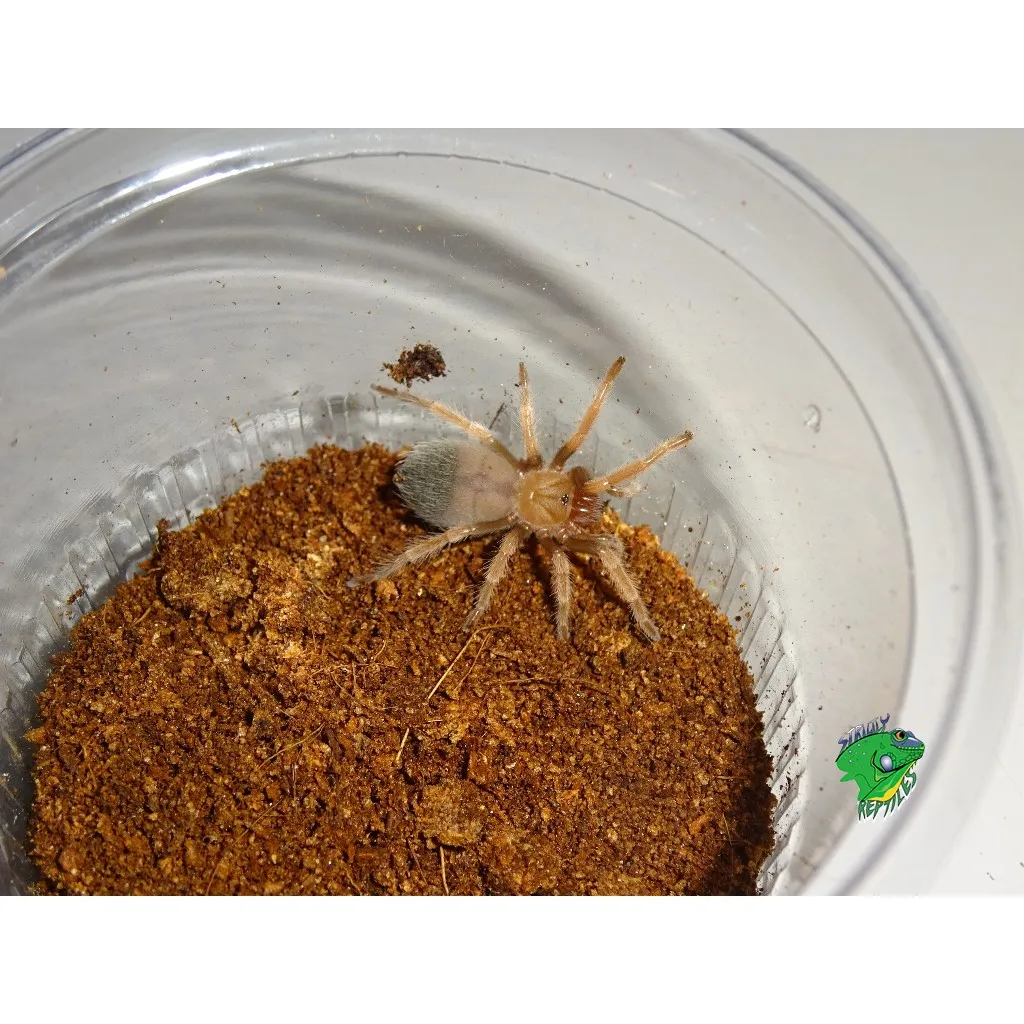
Mexican Fireleg Tarantula slings start very small, often just a few millimeters in body length. Their size gradually increases with each molt. This growth is a crucial aspect of their development, where they shed their exoskeleton to grow. The time between molts depends on factors like feeding, temperature, and the individual tarantula’s genetics. As they mature, female Mexican Firelegs can reach a leg span of up to 6 inches, while males are often slightly smaller. The lifespan of these tarantulas is another significant factor. Females can live for 20-30 years, making them a long-term commitment. Males, however, have a much shorter lifespan, typically living for 5-10 years. Understanding their growth rate and lifespan is vital for providing appropriate care and planning for their needs throughout their life.
Habitat and Native Range
In the wild, Mexican Fireleg Tarantulas are native to the Pacific coast of Mexico. They are commonly found in the tropical dry forests and scrublands of this region. Their natural habitat typically includes burrows in the ground, under rocks, or among the roots of trees. Slings often create smaller, simpler burrows, which they use for shelter and as a refuge from predators. The environmental conditions in their native habitat are crucial to understanding their care requirements in captivity. This includes the temperature and humidity levels, which should be replicated in their enclosure to ensure their well-being. Recreating their natural habitat as closely as possible provides them with a sense of security and helps them thrive.
Temperament and Behavior
Mexican Fireleg Tarantulas are generally known for their docile temperament, making them a popular choice for beginners. Slings, in particular, tend to be less skittish than some other species. They are not prone to biting unless provoked or threatened. However, like all tarantulas, they possess urticating hairs on their abdomen, which they can flick as a defense mechanism. These hairs can cause irritation if they come into contact with the skin. Observe their behavior closely, paying attention to any signs of stress, such as a defensive posture. They spend a lot of time in their burrows or under cover, especially as slings. Careful observation and understanding of their behavior is key to responsible tarantula ownership.
Diet and Feeding Habits
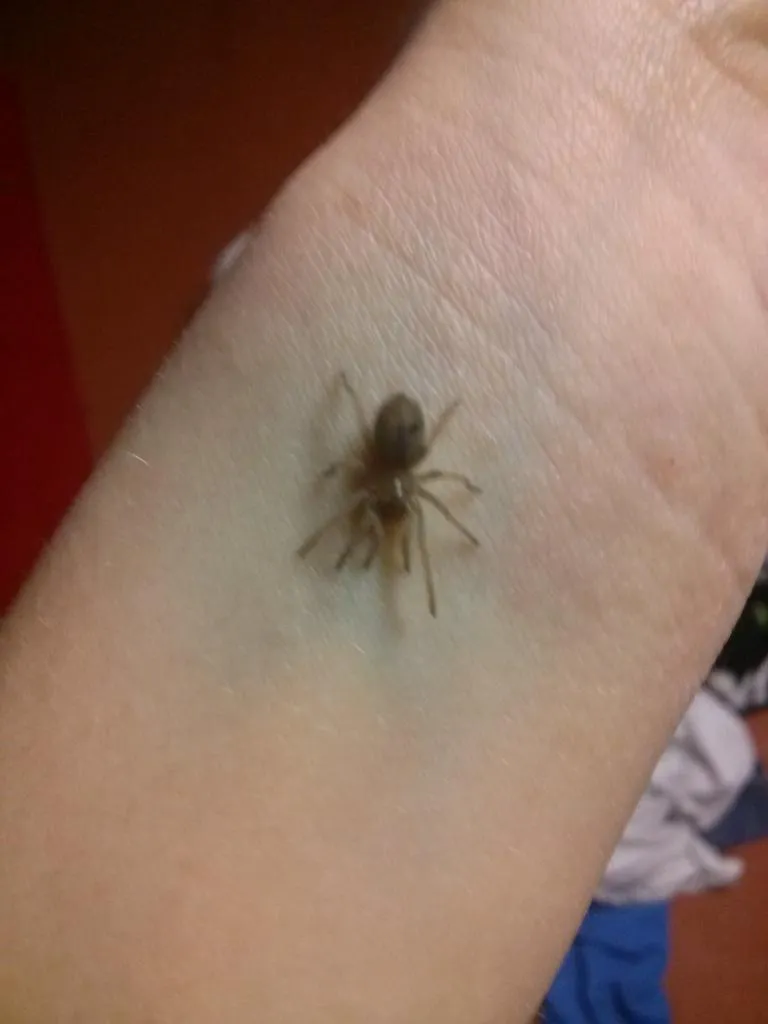
Mexican Fireleg Tarantula slings are carnivores. Their diet consists primarily of insects. In the wild, they will eat whatever insects they can catch. In captivity, they can be fed small insects appropriate for their size, such as pinhead crickets, small mealworms, or flightless fruit flies. The frequency of feeding depends on the sling’s size and growth rate, but typically, they should be fed every 2-3 days. It’s important not to overfeed them, as this can stress them and potentially lead to health issues. Remove any uneaten food after 24 hours to prevent mold growth and maintain a clean environment. Provide a varied diet of different insect species to ensure they receive a balanced intake of nutrients. Always make sure the food source is free of pesticides.
Mexican Fireleg Tarantula Slings Care Guide
Enclosure Setup
The enclosure setup is critical for the well-being of Mexican Fireleg Tarantula slings. A secure, well-ventilated enclosure is necessary. A small, clear plastic container with a secure lid is suitable for slings. Make sure the enclosure is appropriately sized; it shouldn’t be too large, as this can make it difficult for the sling to find its food. The enclosure should have cross-ventilation to prevent the buildup of humidity and mold growth. Avoid using any harsh chemicals or cleaning products in or around the enclosure. The size of the enclosure will need to be increased as the tarantula grows. This gradual transition ensures that the tarantula feels safe and secure in its environment.
Substrate and Decor
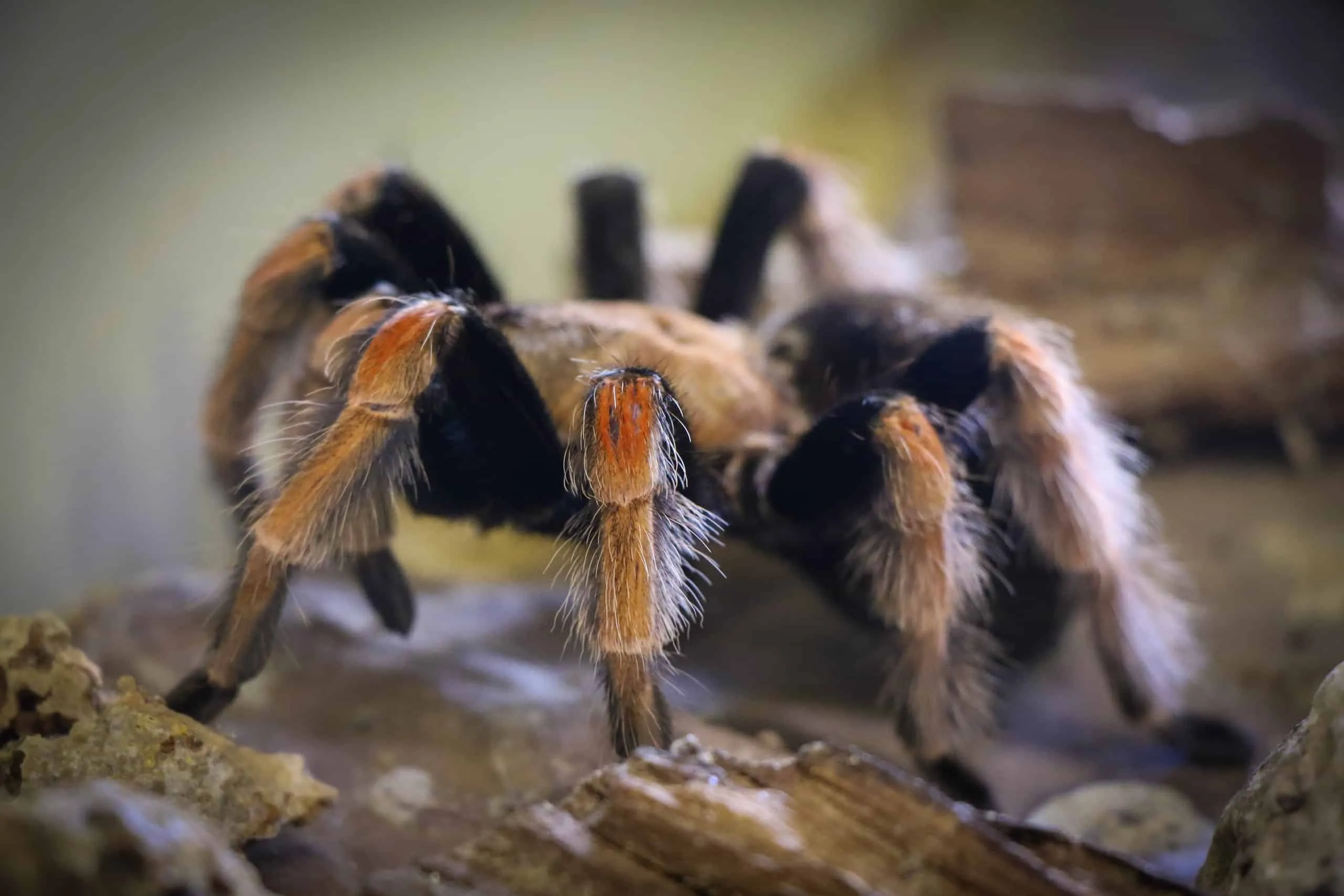
The substrate is an important part of the enclosure setup. It provides a suitable surface for the tarantula to burrow and helps maintain humidity levels. A mix of peat moss, coconut fiber, and a small amount of vermiculite is recommended for slings. This combination provides good moisture retention and allows for burrowing. The depth of the substrate should be deep enough for the sling to create a burrow, usually about 2-3 inches. Add a small hide, such as a piece of cork bark or a half-buried plastic pot, to provide a secure retreat for the sling. Keep the environment simple and clean, as overly complex setups can make it difficult to monitor the sling’s health.
Temperature and Humidity
Maintaining the correct temperature and humidity levels is essential for the health of a Mexican Fireleg Tarantula sling. The ideal temperature range is between 75-85°F (24-29°C). This can be maintained using a heat mat placed on the side of the enclosure, never directly underneath. The humidity should be maintained at around 65-75%. Use a hygrometer to monitor the humidity levels accurately. Mist the enclosure lightly with dechlorinated water every few days, or as needed, to maintain the desired humidity. Make sure the enclosure has good ventilation to prevent mold. Avoid direct sunlight and any drafts, as these can be harmful to the sling.
Water and Hydration
Providing fresh water is vital. Even though tarantulas get some hydration from their food, they still need access to a water source. A shallow water dish filled with fresh, dechlorinated water is essential. Use a small bottle cap or a shallow dish to prevent the sling from drowning. Check the water dish daily and refill it as needed. The water dish should always be placed in a location that is easy for the sling to access. The humidity in the enclosure is also crucial for hydration. Monitor the water and the humidity regularly to prevent dehydration.
Feeding and Diet
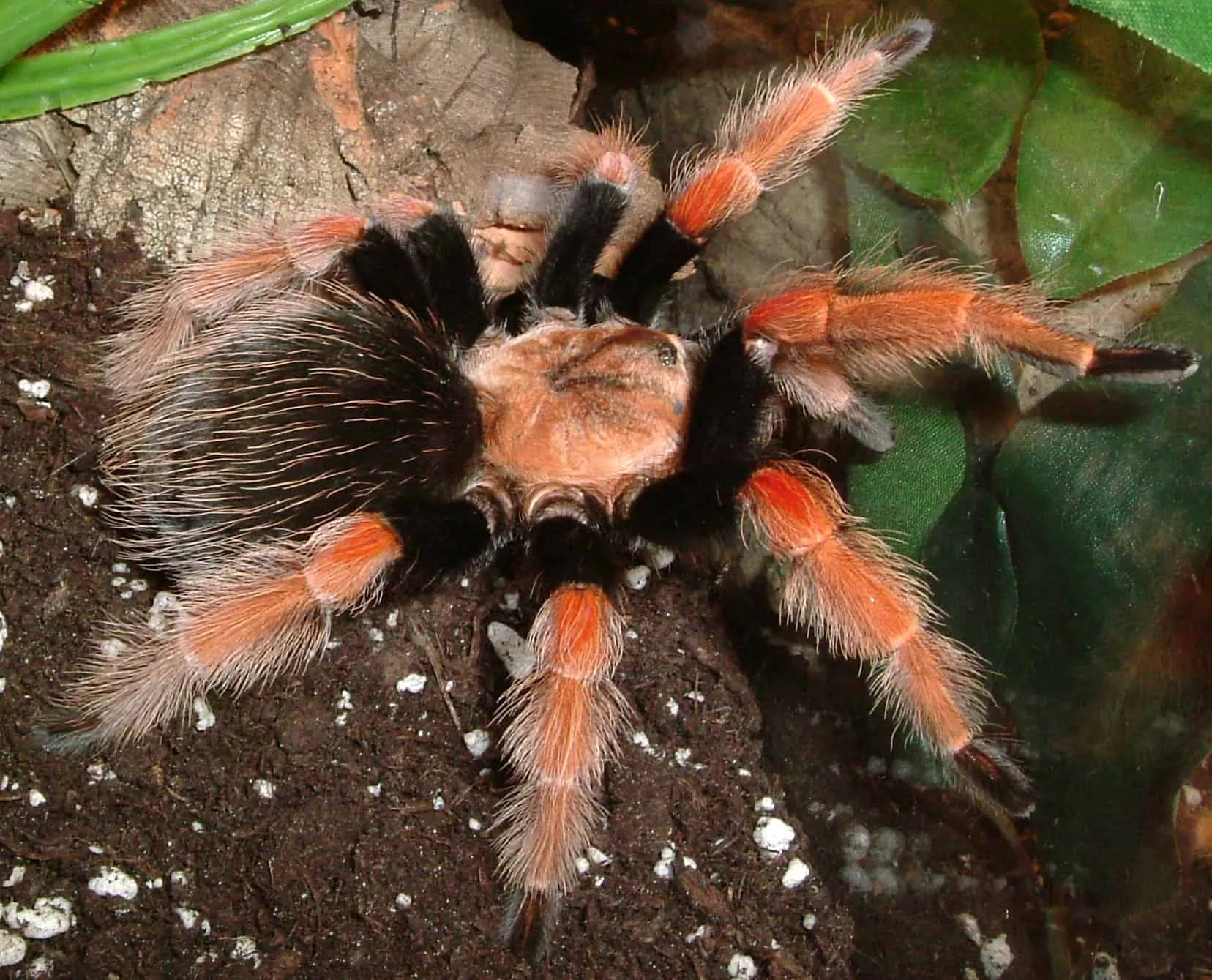
Feeding a Mexican Fireleg Tarantula sling requires careful consideration. Feed them appropriately sized prey items, such as pinhead crickets, small mealworms, or flightless fruit flies. Feed slings every 2-3 days, or as needed, adjusting based on their appetite and growth rate. Remove any uneaten food within 24 hours to prevent the buildup of mold and mites. Offer a variety of insects to ensure they receive a balanced diet. Watch the sling eat, if it shows no interest, then don’t force the food and try again. Always make sure the prey items are from a reputable source, free from pesticides or harmful chemicals.
Handling and Safety
Handling Mexican Fireleg Tarantula slings is generally not recommended. They are delicate, and a fall can be fatal. Also, though generally docile, they possess urticating hairs that can cause irritation. If handling is necessary, do so with extreme caution. Always handle them over a soft surface, such as a bed or a table covered with a blanket, in case they fall. Avoid sudden movements and be gentle. After handling, always wash your hands thoroughly to remove any potential urticating hairs. Most importantly, always prioritize the safety and well-being of the tarantula.
Common Health Issues
Molting
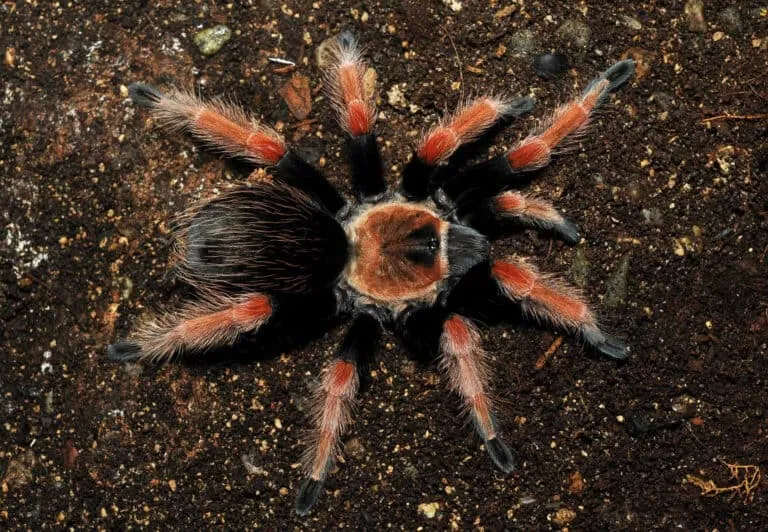
Molting is a natural and essential process for tarantulas to grow. Slings molt more frequently than adults, often every few months. Before molting, the sling may stop eating, become lethargic, and may flip onto its back. During this period, it is crucial to avoid disturbing the tarantula. Provide a humid environment during molting to help the process. After molting, the tarantula’s exoskeleton will be soft. Do not feed it for a few days until its fangs harden. If a molt is unsuccessful, seek advice from an experienced tarantula keeper or a veterinarian.
Parasites and Pests
Tarantulas can be susceptible to mites and other parasites. Regularly inspect the enclosure for any signs of infestation, such as small, moving dots. If mites are present, remove the tarantula and thoroughly clean the enclosure. Replace the substrate and disinfect all decorations. Quarantine any new additions to prevent introducing pests. Another common issue is mold, often caused by excessive humidity and poor ventilation. Make sure the enclosure is clean. If you notice any unusual behavior or health issues, such as loss of appetite or lethargy, consult with a veterinarian or experienced keeper.
Preventative Measures
Preventing health issues is better than treating them. The best way to prevent health problems is to maintain proper husbandry. Regular cleaning, providing a suitable environment, and proper feeding are all critical. Always use fresh, dechlorinated water, and avoid overfeeding. Quarantine any new tarantulas before introducing them to your collection. A well-maintained enclosure reduces the risk of parasites and mold. Being proactive with the care of the tarantula will contribute to its health and longevity.
Conclusion
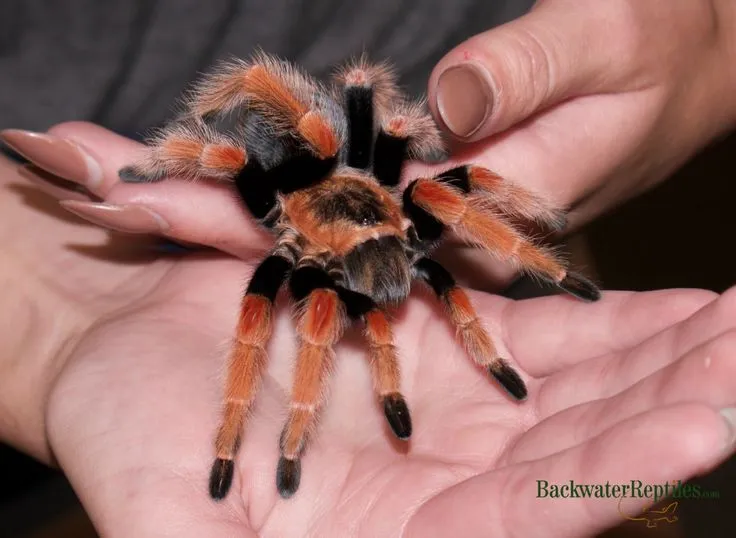
Caring for Mexican Fireleg Tarantula slings can be a rewarding experience. By understanding their needs and following proper care guidelines, you can ensure that your sling thrives and grows into a beautiful adult tarantula. The key is to provide a safe, clean, and stimulating environment. From their striking appearance to their manageable temperament, these tarantulas are truly a unique and captivating addition to any arachnid enthusiast’s collection. Remember that consistency and attention to detail are essential for success. Enjoy the fascinating journey of raising these magnificent creatures!
